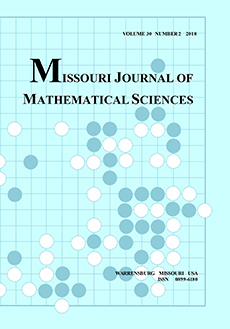Abstract
We will use the center-of-mass formula to find an upper bound for the Fibonacci and Zeckendorf representations of a positive integer by assuming that each Fibonacci number as representing the location of a physical point where we place a mass of size one unit of mass. We also find another upper bound for the Fibonacci and Zeckendorf representations of a positive integer by using an elementary arithmetical argument. Zeckendorf's theorem states that every positive integer can be represented uniquely as the sum of one or more distinct Fibonacci numbers in such a way that the sum does not include any two consecutive Fibonacci numbers. A sum of Fibonacci numbers that satisfies these conditions is called a Zeckendorf representation. Besides some comparative cases of two Fibonacci numbers, we will also define the Fibonacci representation and the center of mass of a positive integer by the uniqueness property of the Zeckendorf representation. Finally, we end the paper with a question related to the Hilbert's tenth problem and the center-of-mass technique.
Citation
Elham Mehdi-Nezhad. Amir M. Rahimi. "Some Properties of Fibonacci Numbers Using Center of Mass." Missouri J. Math. Sci. 35 (2) 232 - 241, November 2023. https://doi.org/10.35834/2023/3502232
Information




